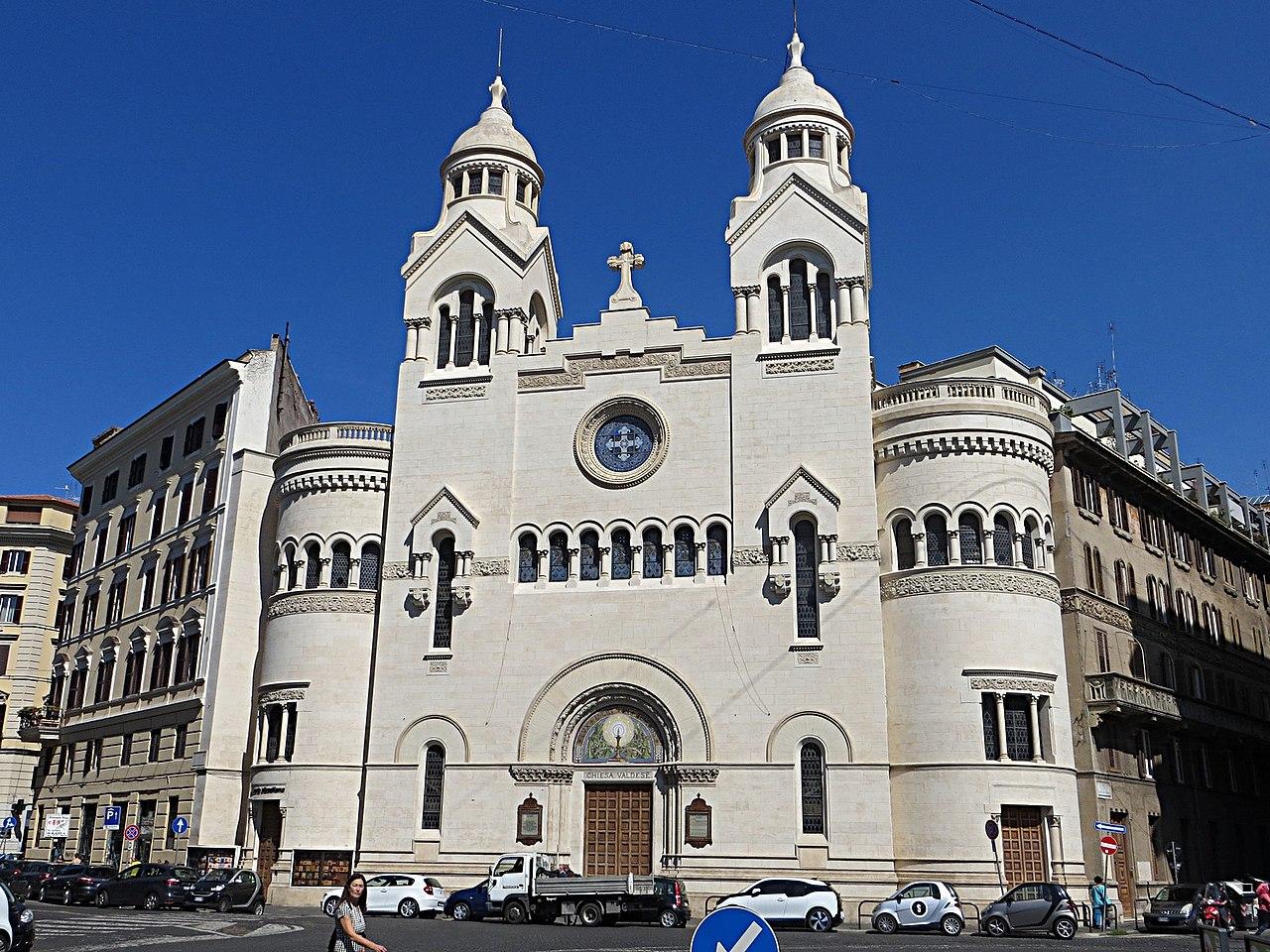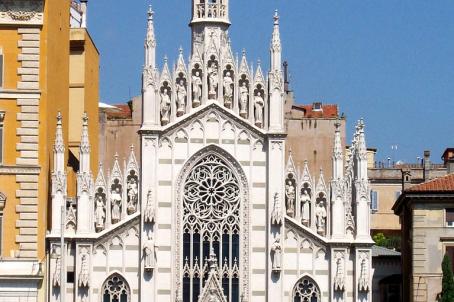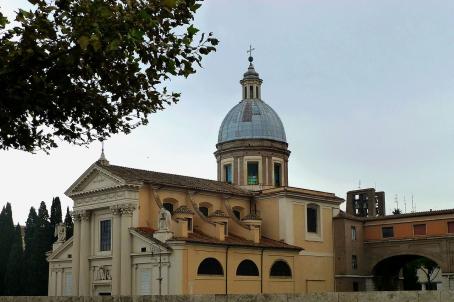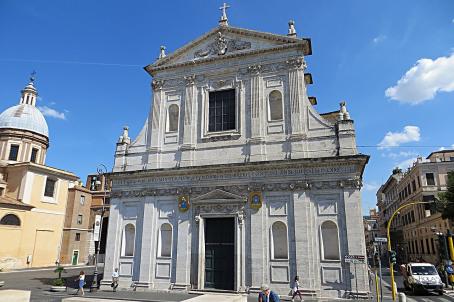Waldensian Temple of Piazza Cavour
The Waldensian temple in Piazza Cavour was built between 1911 and 1913 and houses the headquarters of the Waldensian theological faculty. The construction of this second Waldensian temple in Rome (the first being the Waldensian Temple of Trevi) was made possible by the American widower John Stewart Kennedy, who in 1910 bought land on behalf of the Waldensian Evangelical Church. The church is the work of engineer Emanuele Rutelli and architect Paolo Bonci and is an eclectic mix of decorative elements from neo-Romanesque and Art Nouveau architecture.






